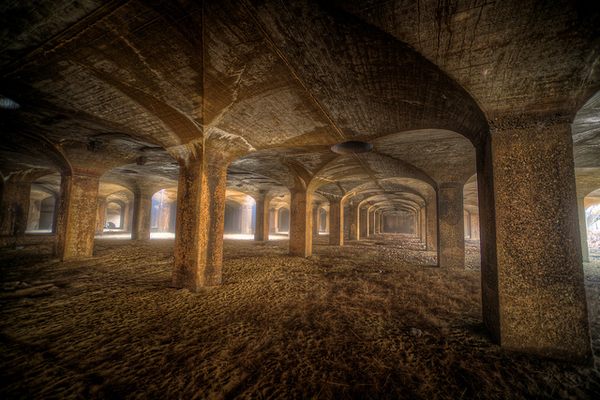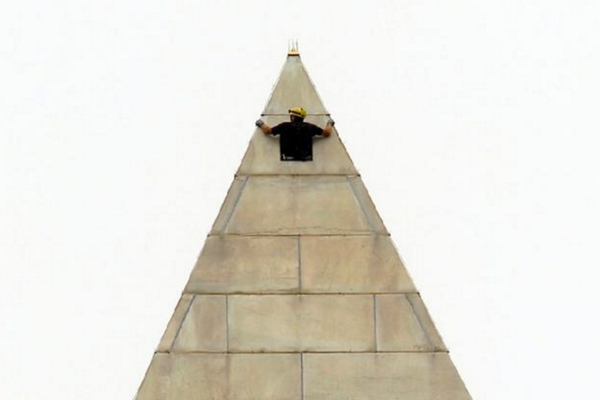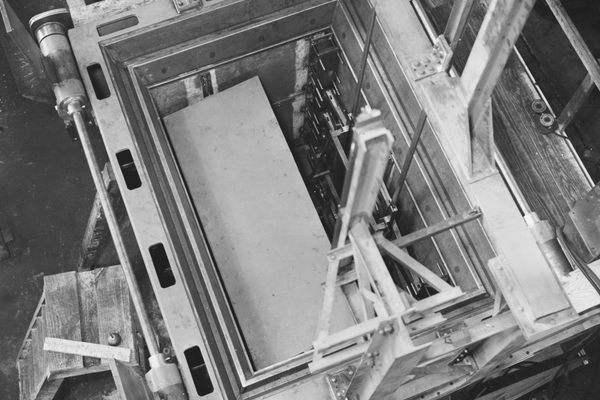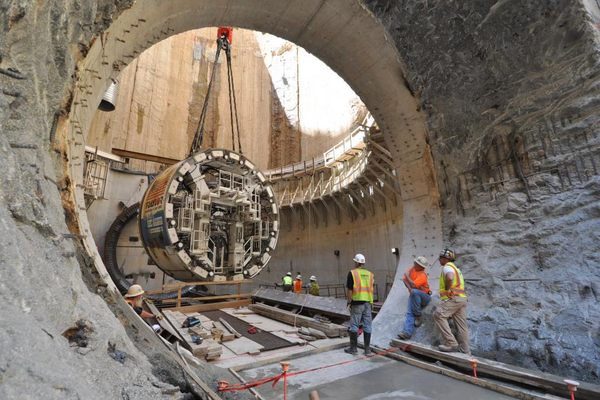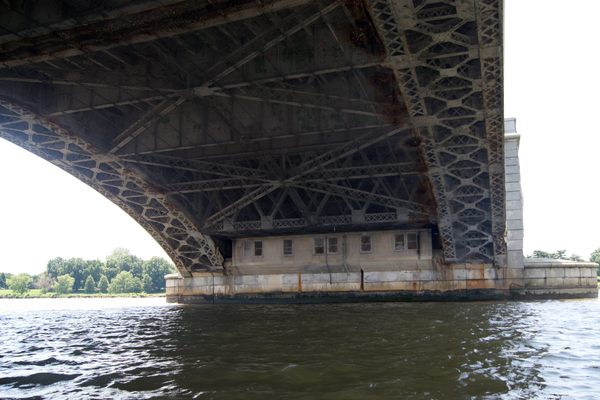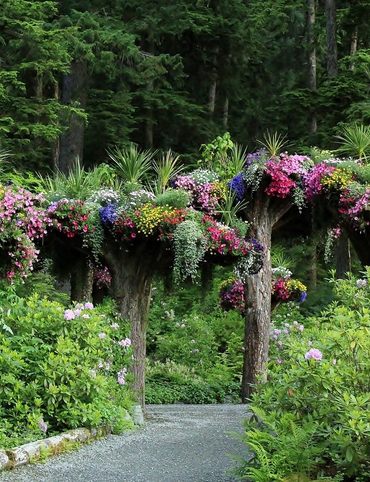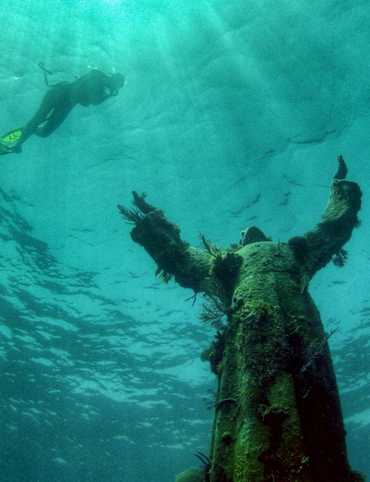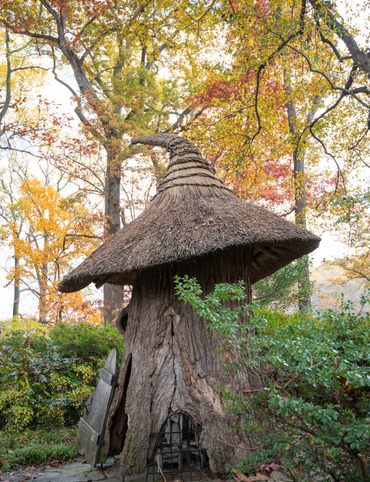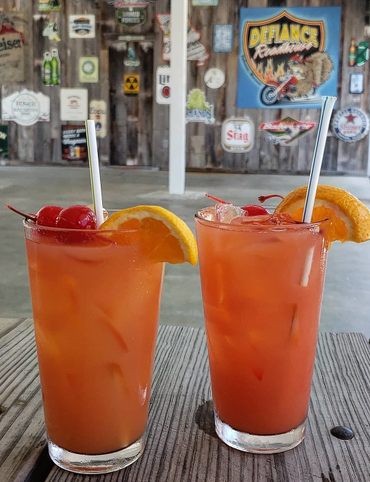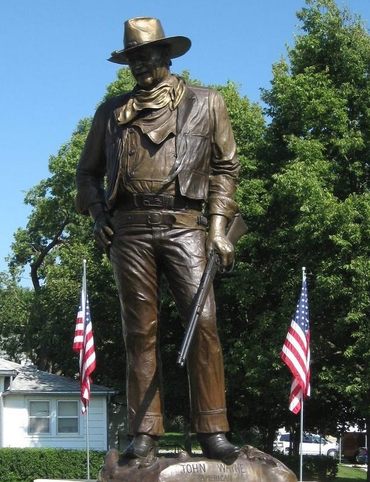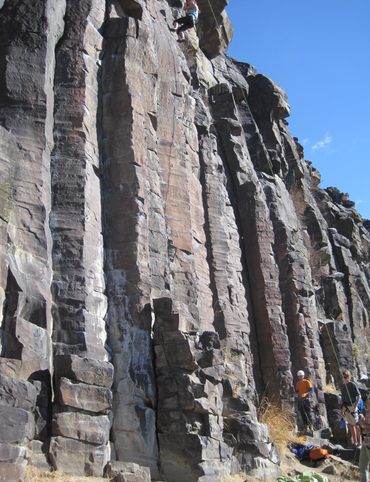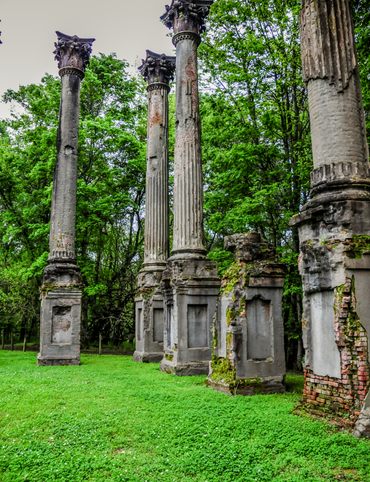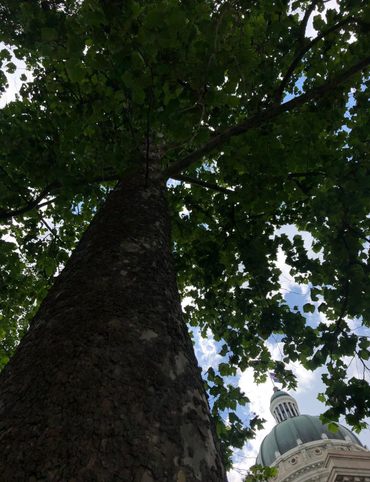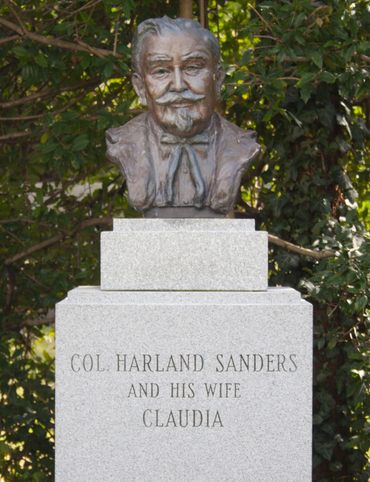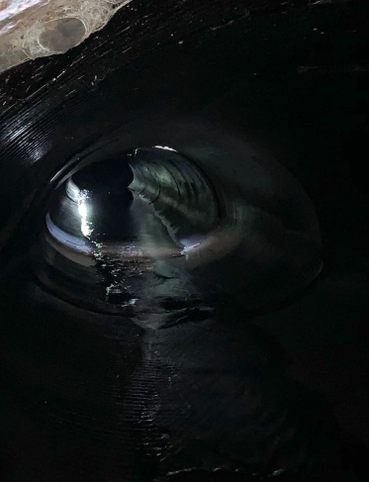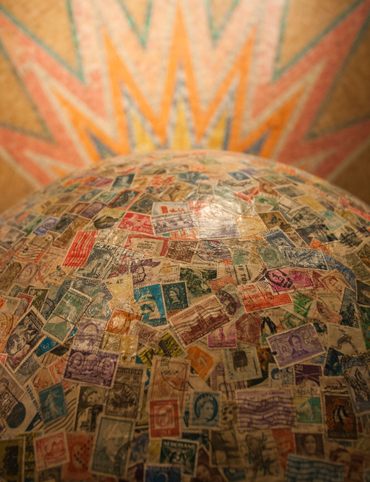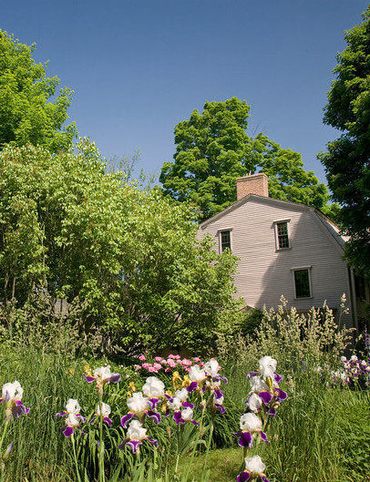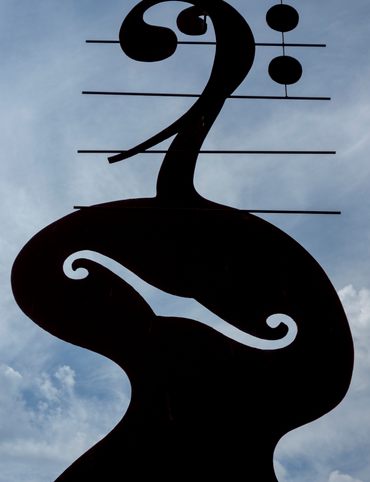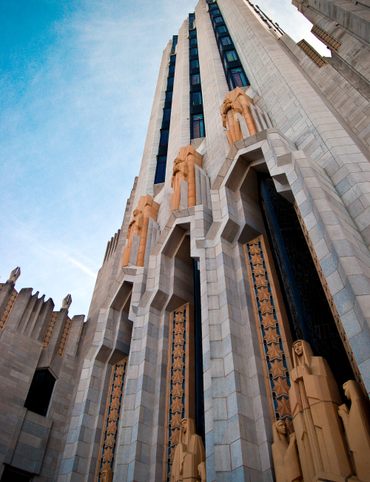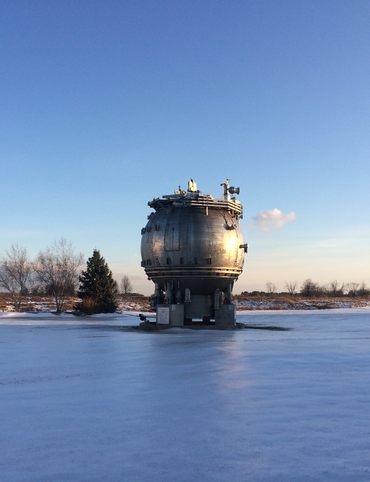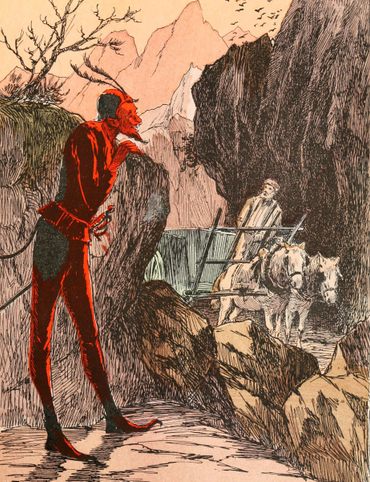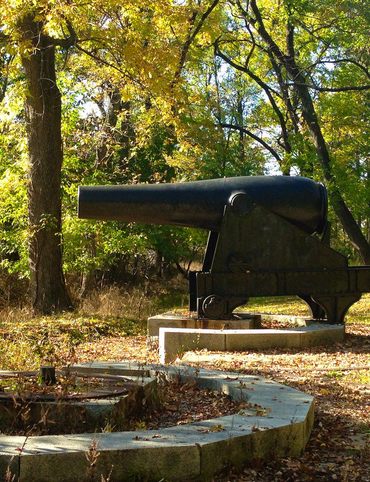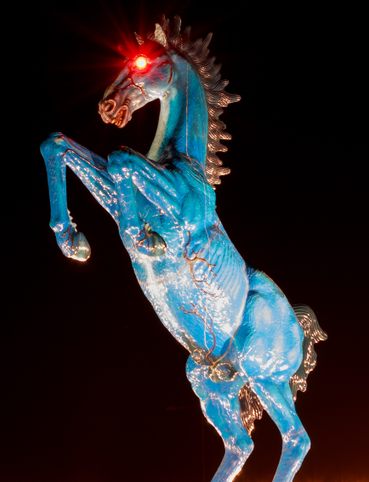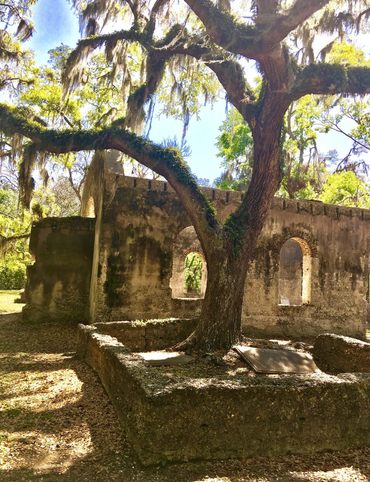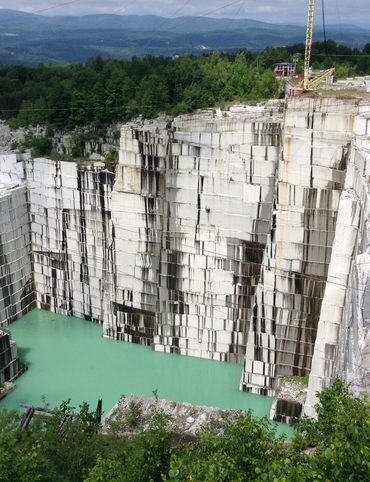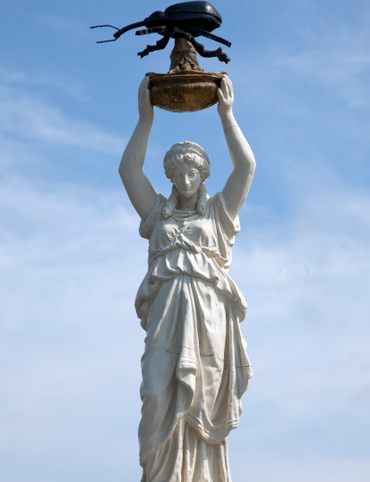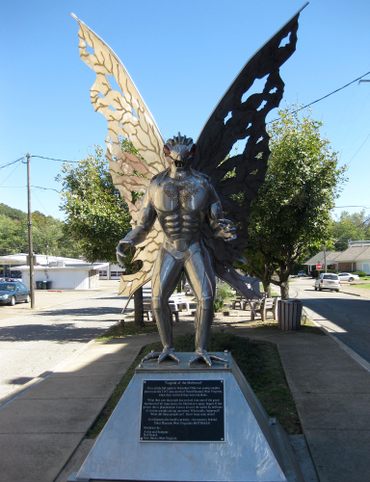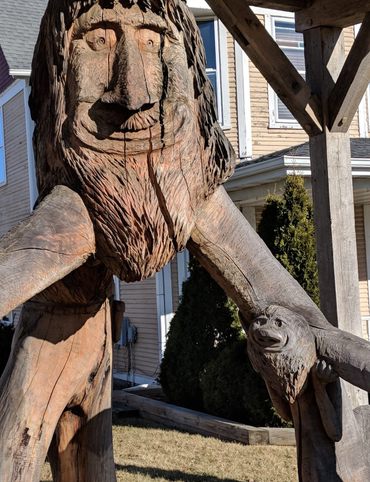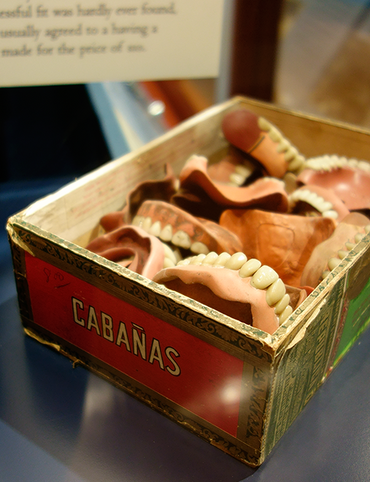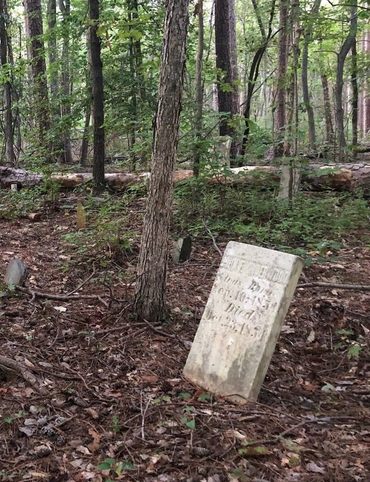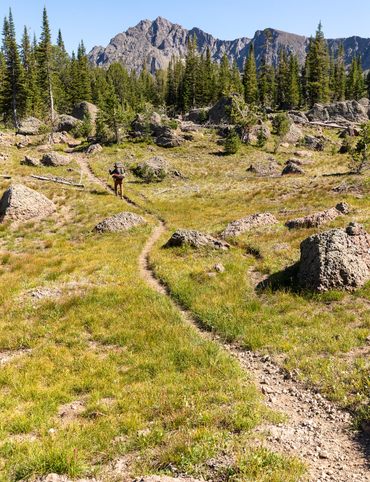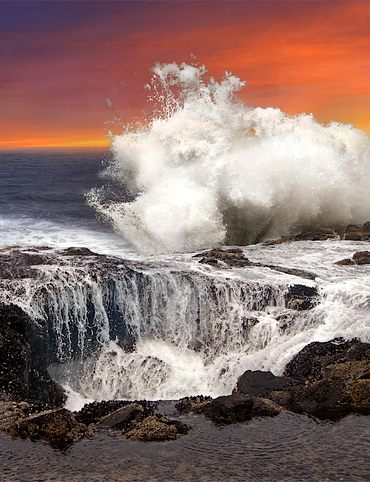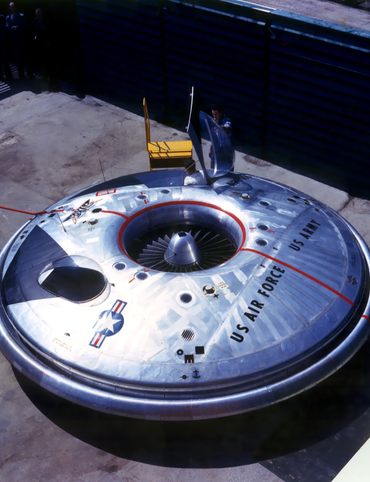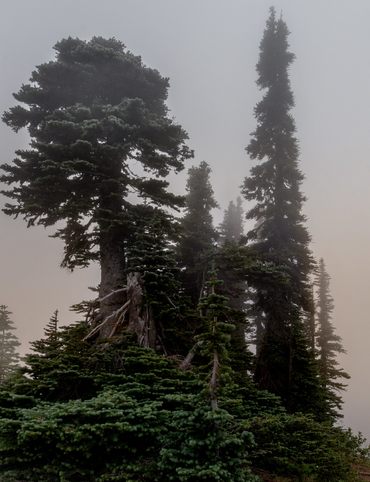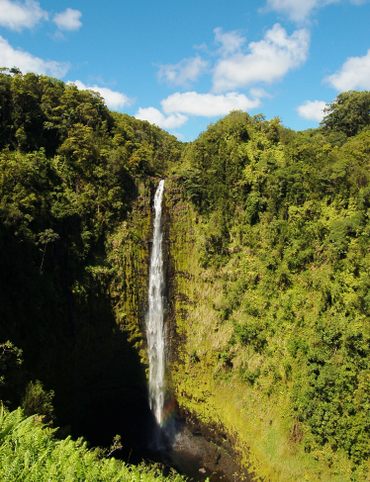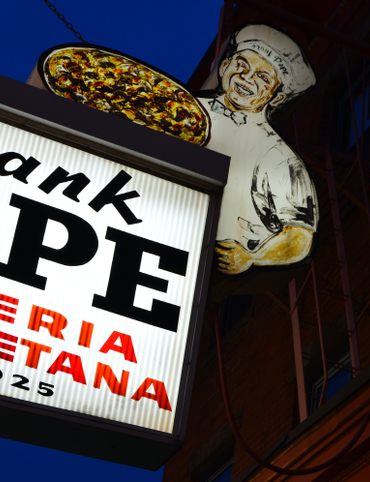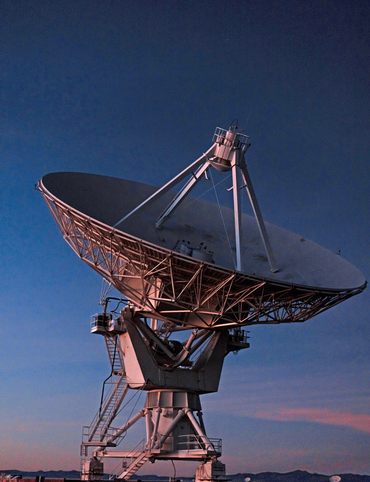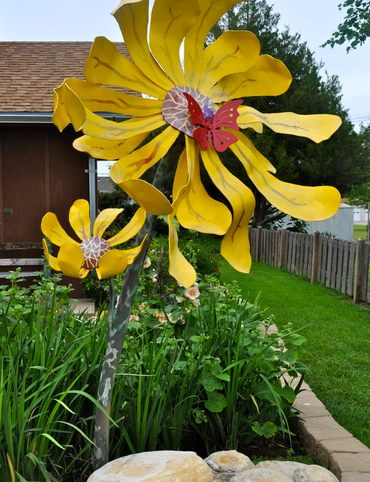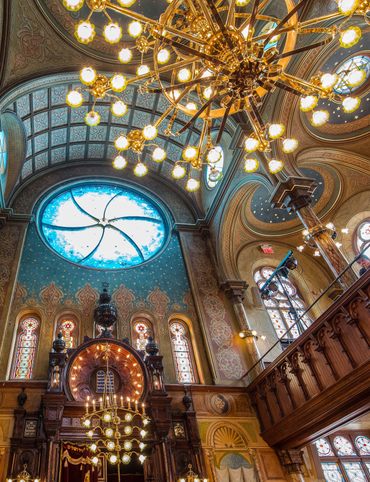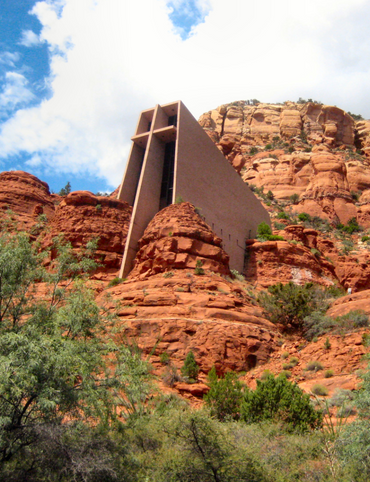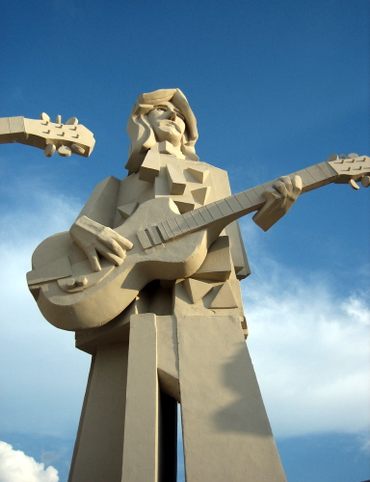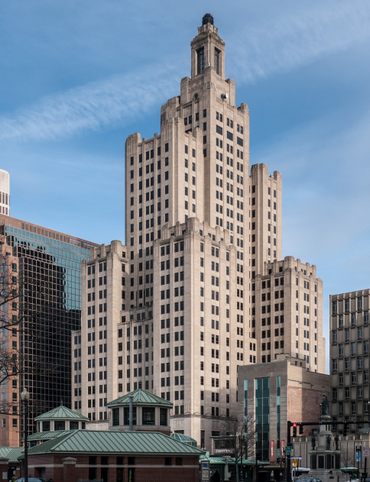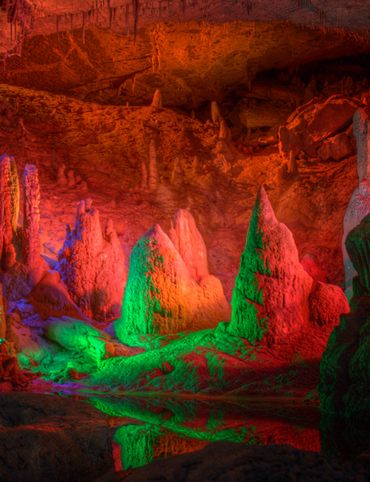50 States of Wonder
9 Places in D.C. That You're Probably Never Allowed to Go
The District of Columbia is home to a number of places that you need to flash the right ID to access. From restricted rooftops to government storage facilities and underground tunnels, the city is filled with places that are off-limits to the average visitor. What’s more, many of them are hidden within popular tourist destinations and densely populated neighborhoods—so you might catch a glimpse of them, but never get any closer. These are a few of our favorite restricted spots in D.C., and the stories behind them.
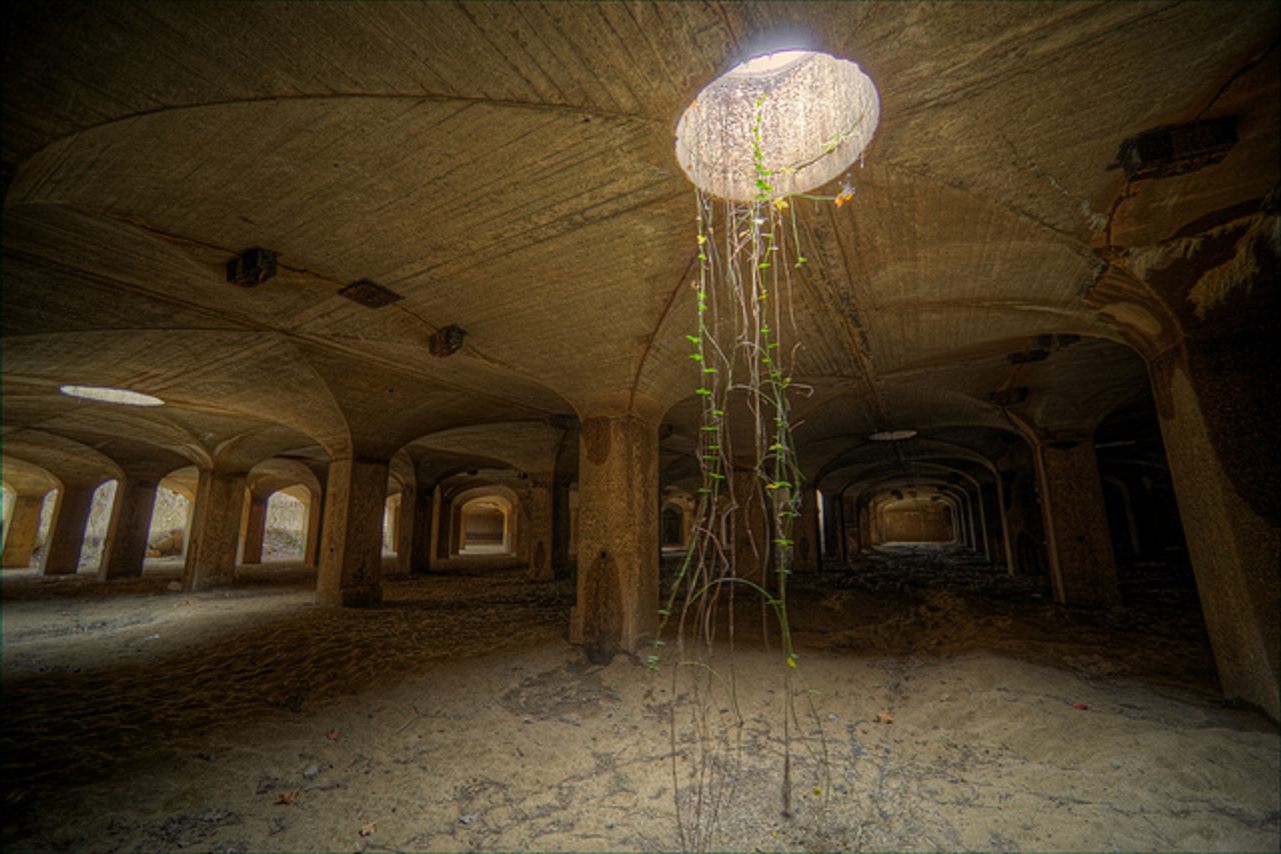
1. McMillan Sand Filtration Site
Around the turn of the century, both population and industrial pollution were on the rise in D.C. A chief culprit was the city water supply: The Washington Aqueduct brought in water laden with bacteria and Potomac River mud, which led to a number of typhoid outbreaks. A new city reservoir was completed in 1902, and the McMillan Filtration Site was built nearby to improve public health. The facility used sand to clean the water—a process that, at the time, was more cost-effective than using chemicals. The filtration plant closed in 1986, and the surrounding land was purchased by the D.C. government. Despite the city's efforts to develop the space and a neighborhood movement to make it a public park, McMillan's future remains uncertain. (Read more.)
2501 1st St NW, Washington, DC 20001
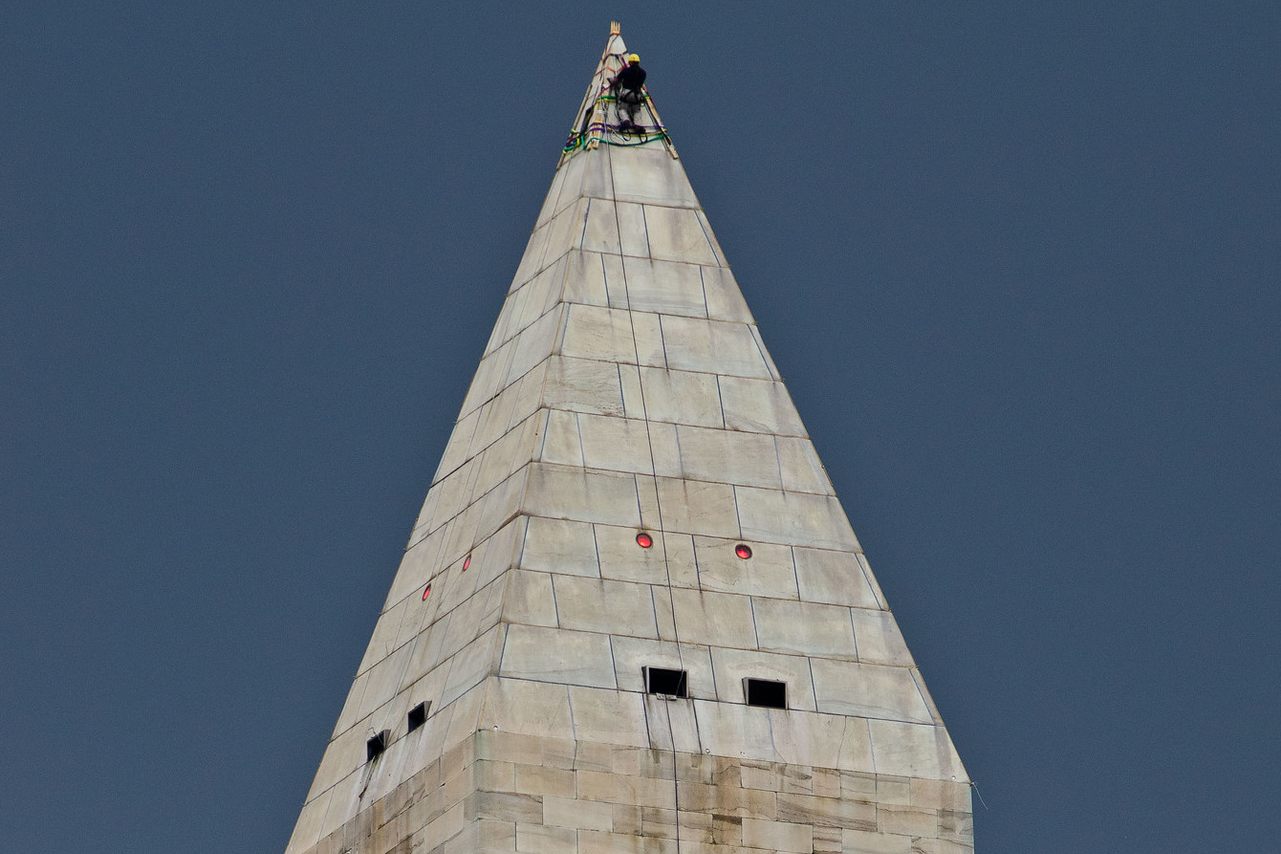
2. Tip of the Washington Monument
When the Washington Monument was completed in 1884, a small aluminum pyramid was placed at the top to serve as a lightning rod. A few feet below that, on the eastern side, there is a small access hatch—a panel that opens to allow workers to perform routine maintenance without covering the entire structure in scaffolding. While visitors can get inside the obelisk and take in a view of the National Mall from the 500-foot-high observation deck, access to the very tippy top is extremely limited. The hatch is just big enough for a single person to squeeze through at a time. With the help of some climbing gear draped over the tip of the obelisk, workers have inspected the stones while dangling hundreds of feet above the ground. The panel is painted white to blend in with the marble, but it can be found with a sharp eye and the help of binoculars. (Read more.)
2 15th St NW, Washington, DC 20024
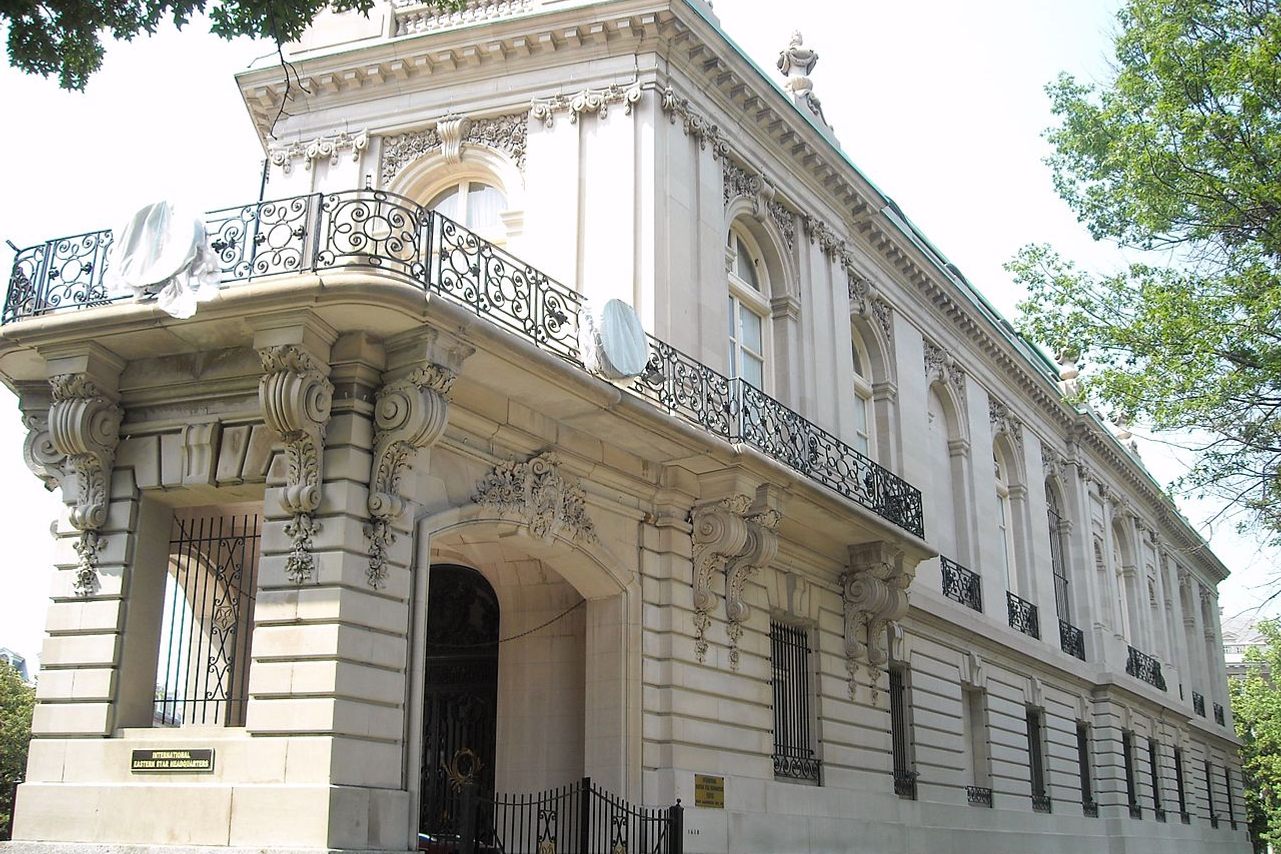
3. International Temple of the Order of the Eastern Star
The Beaux-Arts facade of the historic Perry Belmont Mansion could easily be mistaken for a European palace or a Gilded Age library. Given its location in the embassy-dense Dupont Circle neighborhood, most people assume it houses some wealthy diplomatic office, but the truth is a little stranger.
In 1909, New York congressman Perry Belmont built the house as a second residence, but was forced to sell it after losing much of his wealth in the stock market crash of 1929. A group of Freemasons called the Order of the Eastern Star purchased the palatial abode and rechristened it as their international headquarters. Though membership in the OES has declined dramatically over the last century, three of its senior leaders still live in the mansion. Today, it's generally only open to members and other affiliated Masonic groups. (Read more.)
1618 New Hampshire Ave NW, Washington, DC 20009
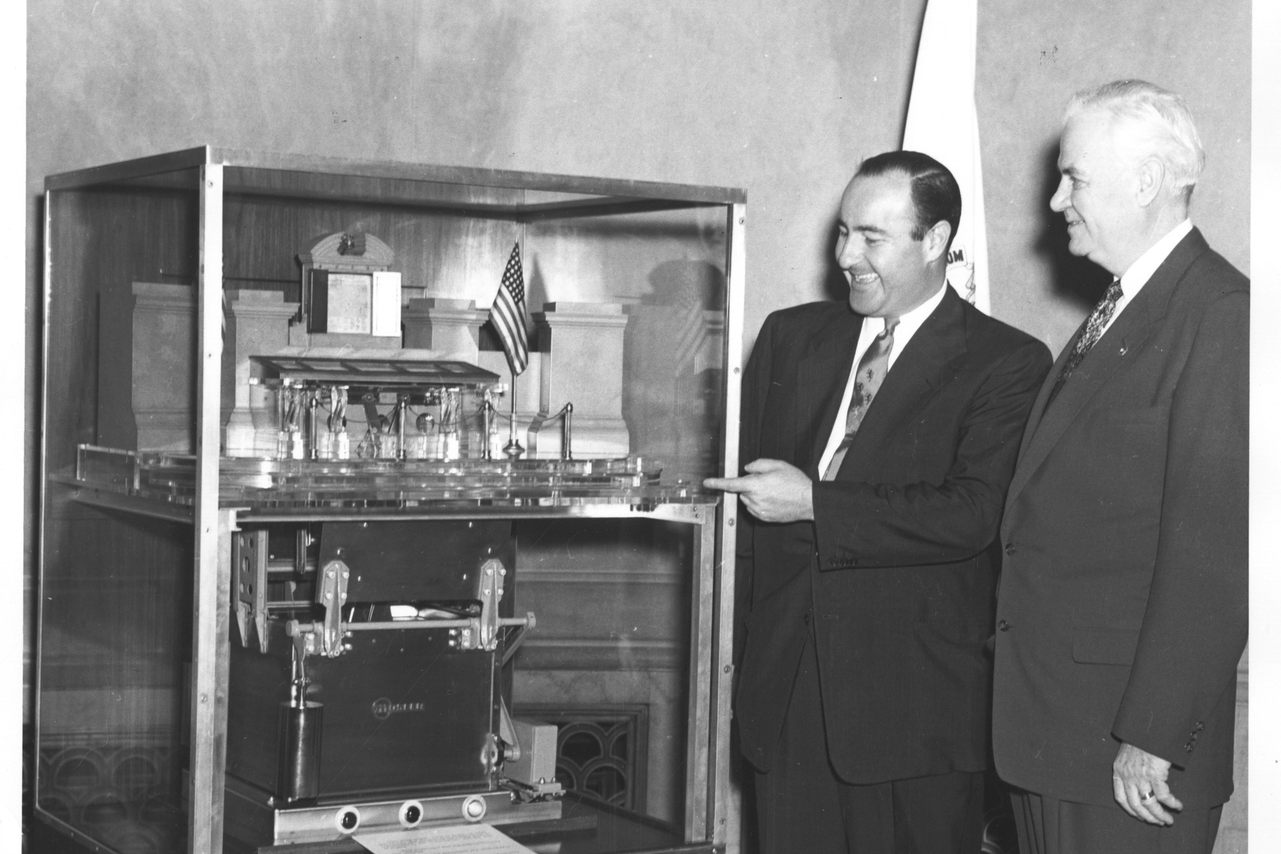
4. National Archives Vault
Some of the country's foundational texts, including the Constitution, the Bill of Rights, and the Declaration of Independence—collectively known as the Charters of Freedom—are housed in the National Archives. These three documents are among the most closely guarded pieces of paper on the planet. During the day, they are available for public viewing under bulletproof glass and constant guard. But every night (and at the press of a button, should the need arise) a special elevator pulls them into a custom-built armored vault. The original 55-ton Mosler Vault was the size of a walk-in closet and employed a 20-foot scissor-jack apparatus to raise and lower the precious documents. It was replaced in the early 2000s, when the National Archive underwent a major renovation. The current vault, which was designed by Diebold, is still shrouded in secrecy. (Read more.)
700 Pennsylvania Ave NW, Washington, DC 20408
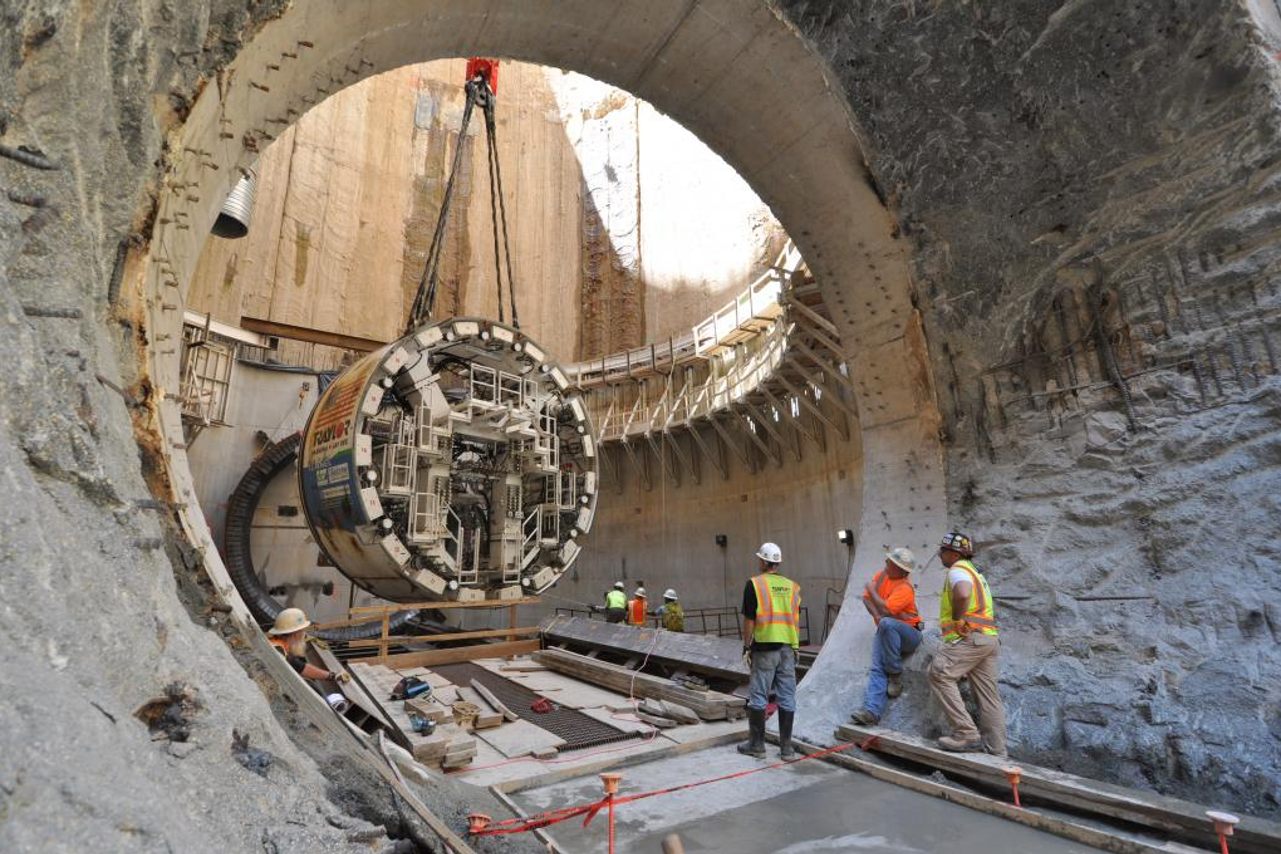
5. Blue Plains Tunnel
D.C. is one of many cities in the United States that sits on an aging network of combined sewage overflow tunnels. These tunnels were the 18th- and 19th-century versions of the sewer “release valve” that diverts toxic wastewater into the river when treatment facilities are overwhelmed by heavy rains. In 2005, DC Water launched an ambitious project to modernize their systems, which now carry an underground river of sewage out of the city.
The first of the city's large tunnels to be built was the Blue Plains Tunnel. Running from a pumping station near Nationals Park to the Blue Plains Advanced Wastewater Treatment Plant in Southeast D.C., the tunnel measures four-and-a-half miles long and 23 feet in diameter. The massive machine used to excavate the tunnel was named “Lady Bird” after Claudia Alta “Lady Bird” Taylor Johnson, wife of President Lyndon B. Johnson. (Read more.)
5000 Overlook Ave SW, Washington, DC 20032
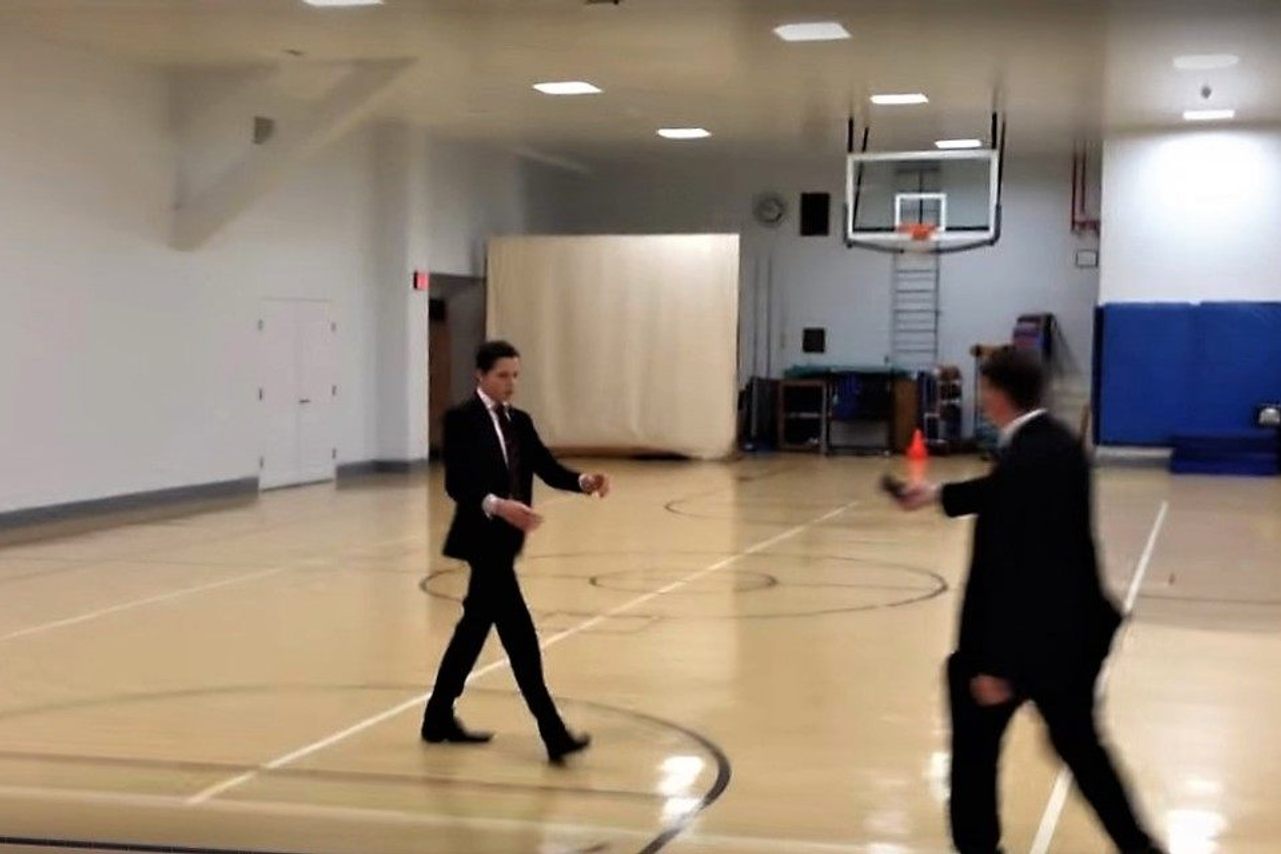
6. The Highest Court in the Land
Only one court sits higher than the Supreme Court, and it’s used for basketball. Aptly named “The Highest Court in the Land,” a storage room turned basketball court can be found on the fifth floor of the United States Supreme Court Building. (The courtroom is located on the fourth floor.) In the 1940s, the storeroom was converted into a gymnasium; the wooden backboards and hoops were added later. While parts of the Supreme Court building are open to the public, access to the Highest Court is limited to employees and their guests—and a sign at the entrance to the gym reminds would-be players to make sure they aren’t playing while court is in session. (Read more.)
1 First St NE, Washington, DC 20543

7. Capitol Tile Room
Deep in the belly of the Capitol Building, there's a room filled with stacks of ornate floor tiles left over from an 1850s expansion. Though the basement storage room has layers of dust and obscurity that suggest it may have been entirely forgotten, its contents are kept in the event of damages requiring replacement tiles. Some of the tiles were imported from Italy during the Civil War to decorate the Brumidi Corridors on the first floor of the Senate wing. The richly patterned Minton tiles, which are used on the House side of the Capitol, are there, too. First installed in 1856, these striking tiles are basically irreplaceable. (Read more.)
First St SE, Washington, DC 20004

8. Memorial Bridge Drawbridge Control Room
Under the middle section of Arlington Memorial Bridge hang two trailer-sized offices with grated windows looking out across the Potomac River. Inside sits century-old machinery that once allowed the middle span to open up like a drawbridge. Memorial Bridge was designed in the 1920s, and its granite-clad concrete structure was inspired by the aqueducts of Ancient Rome.
From inside the pier, drawbridge operators could raise the span to allow tall ships through. Memorial raised its drawbridge for the last time in 1961, and in 1976 sealed the leaves shut. While the majestic architecture of Memorial Bridge is still on full display, the doors to the control room have been locked for good. (Read more.)
2912 Independence Ave SW, Washington, DC 20418
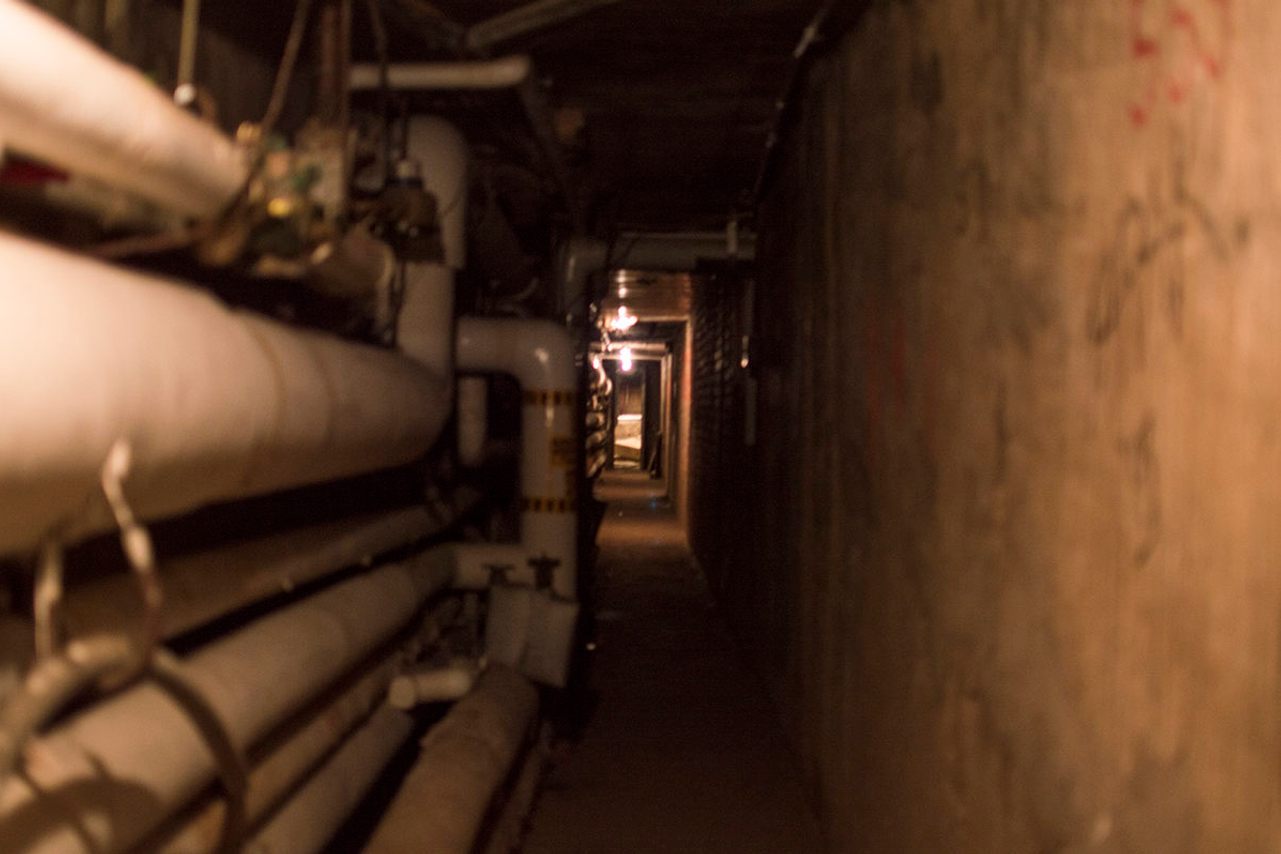
9. Georgetown University Maintenance Tunnels
Underneath the campus of Georgetown University, a maze of tunnels provides easy access to basement boiler rooms—and an enticing opportunity for adventurous students. The tunnels likely date to a 1926 renovation of Old North Hall, but over the years they have been expanded to connect to some of the university’s newer buildings. The entrance to the tunnels looks like any other service door. Inside, the twisting layout includes hissing pipes, as well as walls covered in student graffiti. (Read more.)
3700 O St NW, Washington, DC 20057
